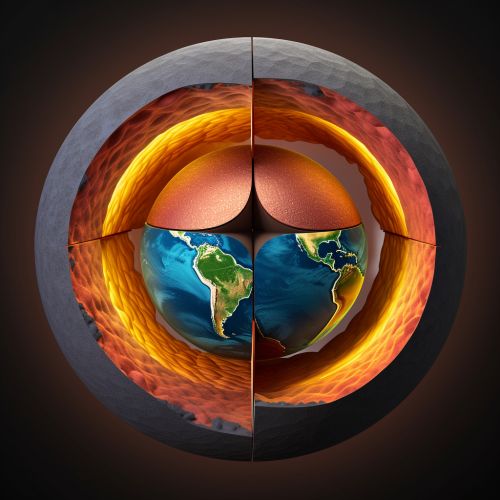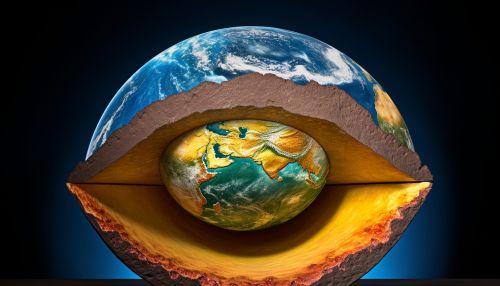The Science of Earths Inner Core and Geodynamics
Introduction
The inner core of the Earth, a solid sphere located at the heart of our planet, is a subject of great interest in the field of geophysics. This inner core, composed primarily of iron and nickel, plays a crucial role in the geodynamics of the Earth, influencing everything from plate tectonics to magnetospheric activity. Understanding the inner core and its properties is essential for a comprehensive understanding of the Earth's geodynamics.


Composition and Structure of the Inner Core
The Earth's inner core is primarily composed of iron, with smaller amounts of nickel and other light elements such as oxygen, silicon, and sulfur. The iron in the inner core exists in a solid state due to the immense pressure exerted on it, despite the high temperatures present. The inner core is thought to be slowly growing as the outer core cools and solidifies.
Geodynamics and the Inner Core
The inner core plays a significant role in the geodynamics of the Earth. The cooling and solidification of the outer core, a process known as core solidification, releases heat that drives convection in the mantle, which in turn drives plate tectonics. The rotation of the inner core also generates the Earth's magnetic field through a process known as the geodynamo.
The Geodynamo
The geodynamo is the mechanism by which the Earth's magnetic field is generated. It is driven by the convection of molten iron within the outer core, coupled with the rotation of the Earth. The movement of this conductive fluid generates electric currents, which in turn produce magnetic fields. The rotation of the Earth aligns these fields, resulting in the Earth's overall magnetic field.
Core Solidification and Plate Tectonics
The solidification of the outer core and the heat it releases drive convection in the mantle. This convection is a primary force behind plate tectonics, the movement of the Earth's lithospheric plates. These movements can result in geological events such as earthquakes and volcanic activity.
Seismic Studies of the Inner Core
Seismic studies have provided much of our knowledge about the inner core. Seismic waves generated by earthquakes change speed, direction, and amplitude as they pass through different materials, providing information about the Earth's internal structure.
Challenges and Future Directions
Despite significant advances, many questions about the inner core and its role in geodynamics remain unanswered. Future research directions include improving seismic imaging techniques, studying the effects of pressure and temperature on core material, and developing better models of core convection and the geodynamo.
